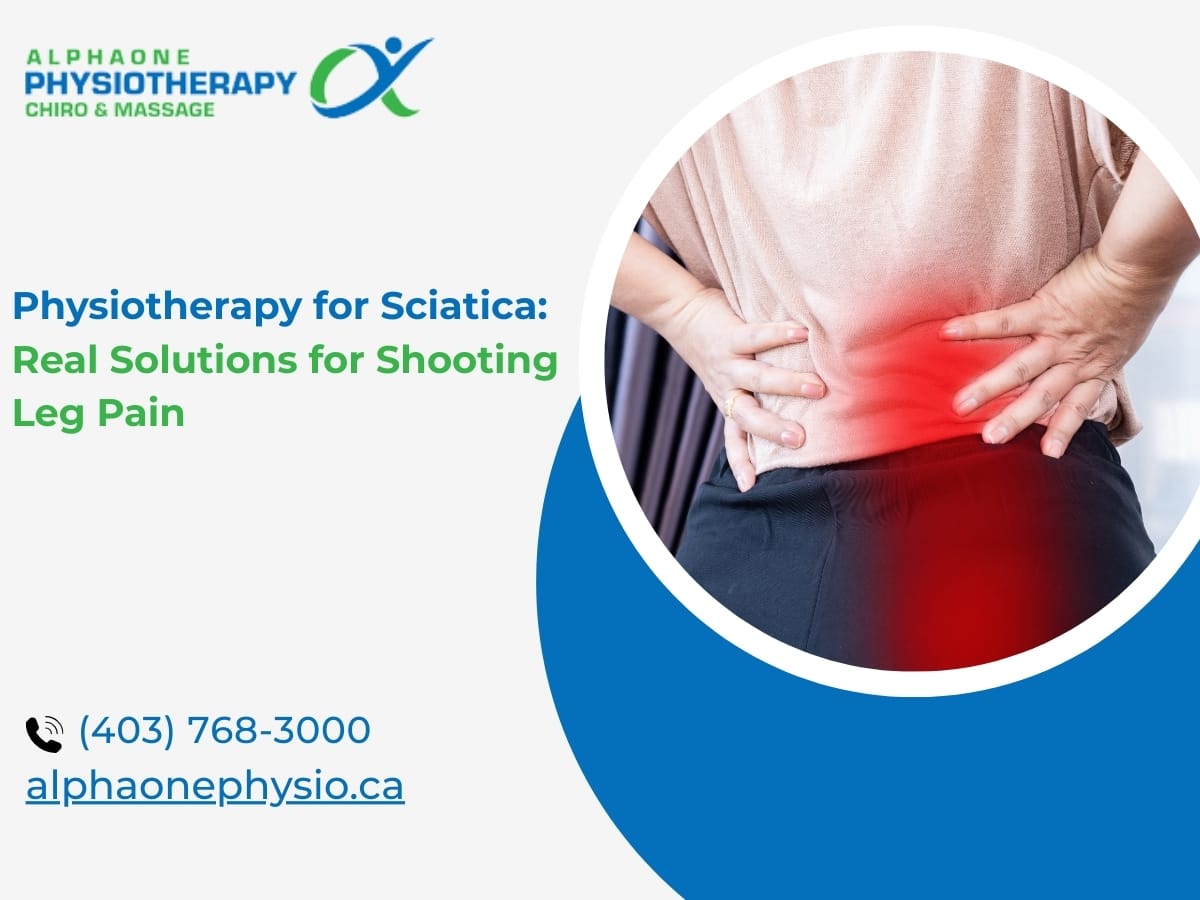In today’s fast-paced world, finding time to relax and care for oneself has become increasingly important. One popular way to unwind and relieve stress is through massage therapy. However, with various massage techniques available, it can be challenging to determine which one is right for you.
In this article, we will explore two widely practiced massage techniques: relaxation massage and deep tissue massage. By understanding their differences, benefits, and target areas, you can make an informed decision to meet your specific needs.
Massage Techniques: relaxation massage and deep tissue massage. By understanding their differences, benefits, and target areas, you can make an informed decision to meet your specific needs.
Introduction
Massage therapy has been used for centuries to promote relaxation, reduce muscle tension, and improve overall well-being. Two commonly sought-after massage techniques are relaxation massage and deep tissue massage. While both aim to provide therapeutic benefits, their approaches and target areas differ.
Relaxation massage focuses on creating a soothing and calming experience. It involves gentle, flowing strokes and is ideal for individuals seeking stress relief, improved sleep quality, and an overall sense of relaxation. In contrast, deep tissue massage targets deeper layers of muscle and connective tissue to alleviate chronic pain, rehabilitate injured muscles, and improve posture and flexibility.
What is Relaxation Massage?
Relaxation massage is a therapeutic technique that promotes relaxation and rejuvenation of the body and mind. It involves gently manipulating muscles and soft tissues using long, flowing strokes, kneading, and gentle pressure. The primary objective is to induce deep relaxation, relieve muscle tension, and improve blood circulation. This type of massage typically occurs in a calm and soothing environment, with soft music and aromatherapy scents to enhance the overall experience. It provides a serene escape from daily stresses, allowing individuals to unwind, recharge, and restore their well-being.
Benefits of Relaxation Massage
- Stress reduction: Relaxation massage helps to alleviate stress by promoting deep relaxation and reducing anxiety levels.
- Muscle tension relief: The gentle strokes and kneading techniques used in relaxation massage helps to release muscle tension, reducing stiffness and improving flexibility.
- Improved blood circulation: The manipulation of muscles and tissues during the massage promotes better blood flow, enhancing oxygen and nutrient delivery to the body’s cells.
Enhanced sleep quality: Regular relaxation massage can improve sleep patterns and assist in achieving more restful and rejuvenating sleep. - Boosted immune system: The relaxation response triggered during the massage helps to strengthen the immune system, leading to improved overall health and well-being.
- Improved skin health: The gentle strokes and increased blood circulation can enhance the appearance and health of the skin, promoting a youthful and radiant complexion.
Overall well-being: Regular relaxation massage sessions can contribute to an improved sense of overall well-being, fostering a greater connection between the body, mind, and spirit.
Read Also: Say Goodbye to Back, Neck, and Shoulder Pain with Massage Therapy
Techniques used in Relaxation Massage:
- Effleurage: This technique involves long, sweeping strokes with the palms of the hands or fingertips. Effleurage is usually performed at the beginning and end of a relaxation massage session. It helps warm the muscles, improve circulation, and create a soothing effect.
- Petrissage: Petrissage involves kneading, rolling, or squeezing the muscles and soft tissues. It targets deeper layers of muscle and helps to release tension and promote relaxation. This technique can be performed using the whole hand, thumbs, or fingers
- Friction: Friction involves applying pressure and creating friction across muscle fibres. It is typically done using the fingertips or thumbs. Friction helps to break down adhesions, increase blood flow, and relieve muscle knots and tightness.
Deep Tissue Massage
Deep tissue massage is a therapeutic technique that targets the deeper layers of muscles and connective tissues in the body. Unlike relaxation, deep tissue massage utilises more intense and firm pressure to address chronic muscle tension, adhesions, and knots.
This massage aims to break down muscle adhesions and restore proper movement and function. Deep tissue massage typically involves slow, deliberate strokes, friction, and specific techniques like stripping and cross-fibre friction to reach the underlying muscle layers.
Benefits of Deep Tissue Massage
- Pain relief: Deep tissue massage targets deep layers of muscle and connective tissue, helping to alleviate chronic pain conditions such as back pain, neck pain, and muscle stiffness. It can also help reduce pain and discomfort caused by conditions like fibromyalgia and arthritis.
- Muscle tension release: This massage focuses on releasing chronic muscle tension and knots. By applying firm pressure and specific techniques, deep tissue massage helps to break down adhesions and tightness in the muscles, allowing for improved flexibility and range of motion.
- Improved posture: Deep tissue massage can assist in correcting postural imbalances by targeting tight muscles and fascia that contribute to poor posture. Releasing tension in these areas helps the body return to a more aligned and balanced position.
- Injury rehabilitation: Deep tissue massage is crucial in injury recovery and rehabilitation. It helps to break down scar tissue, improve circulation, and reduce inflammation, promoting faster healing and restoring function to injured muscles and tissues.
- Stress reduction: While deep tissue massage primarily addresses physical issues, it also positively impacts mental well-being. By releasing muscle tension and promoting relaxation, deep-tissue massage can reduce stress levels and induce a state of calmness and relaxation.
Techniques Used in Deep Tissue Massage
- Deep pressure: The therapist applies firm pressure using their hands, fingers, knuckles, or elbows to access the underlying muscles and tissues. This helps to break down muscle adhesions and release tension.
- Stripping: This technique involves using the thumbs, knuckles, or elbows to apply deep, gliding strokes along the length of the muscle fibres. It helps to lengthen and stretch the muscles, releasing tightness and promoting better mobility.
- Friction: Friction involves applying pressure and rubbing movements across the muscle fibres. It helps to break up scar tissue, release adhesions, and improve blood flow to the targeted area.
- Cross-fibre friction: This technique involves applying deep pressure across the grain of the muscle fibres. It helps to release stubborn knots and adhesions, promoting better muscle flexibility and reducing pain.
- Trigger point therapy: Trigger points are specific areas of muscle tightness and hypersensitivity. The therapist applies direct pressure to these points to release tension and alleviate pain.
- Stretching: Stretching techniques are often incorporated into deep tissue massage to enhance muscle flexibility further and relieve tension. The therapist may guide the client through passive stretches or use techniques like active engagement, where the client actively participates in the stretch.
Choosing the Right Massage for You
When deciding between relaxation massage and deep tissue massage, it’s essential to consider your specific needs and goals. Here are some factors to help you make an informed choice:
- Understanding your needs and goals: Determine whether you seek relaxation, stress relief, pain management, or rehabilitation from a specific injury or condition.
- Consulting with a professional: Speak with a licensed massage therapist who can assess your needs and recommend the most suitable technique.
- Considering your comfort level: A relaxation massage might be more suitable if you prefer a gentle and soothing experience. Deep tissue massage may be better if you can tolerate moderate to deep pressure and seek targeted relief.
- Communicating with your massage therapist: Communicate your expectations, preferences, and specific concerns, enabling your therapist to tailor the massage to your needs.
- Trying both techniques to determine preference: Experimenting with relaxation and deep tissue massage can help you discover which method provides the most significant benefits and suits your tastes.
Conclusion
In conclusion, the choice between relaxation and deep tissue massage depends on your specific needs and preferences. Relax massage can be an excellent option if you’re seeking overall relaxation, stress relief, and improved blood circulation.
On the other hand, if you have chronic muscle tension, pain, or specific issues requiring targeted therapy, deep tissue massage may be more suitable, focusing on deeper layers of muscles.
At AlphaOne Physio, our skilled therapists understand the importance of tailoring the massage experience to each individual. Whether you’re looking to unwind and rejuvenate or address specific concerns, we are here to provide personazised care and help you make the right choice for your well-being.






